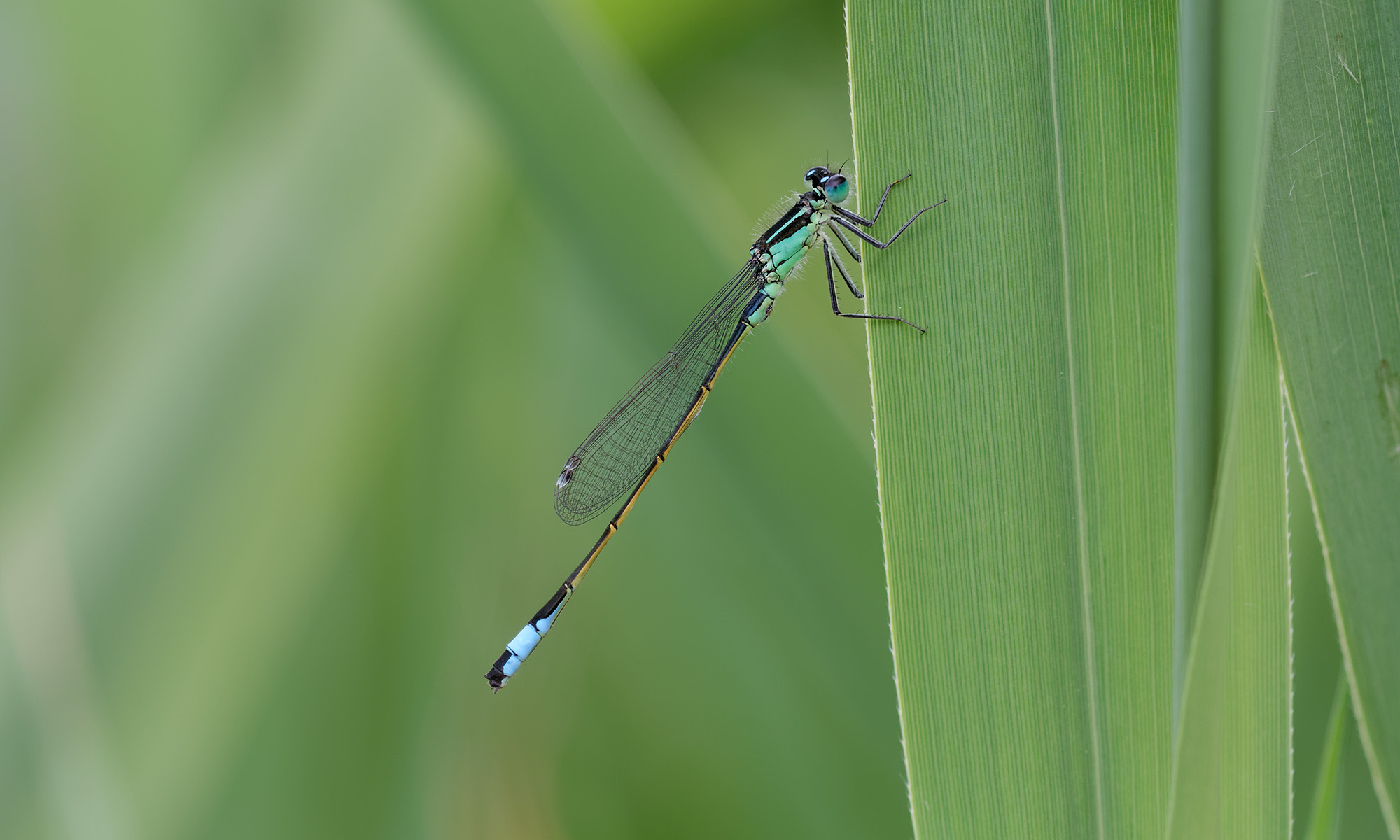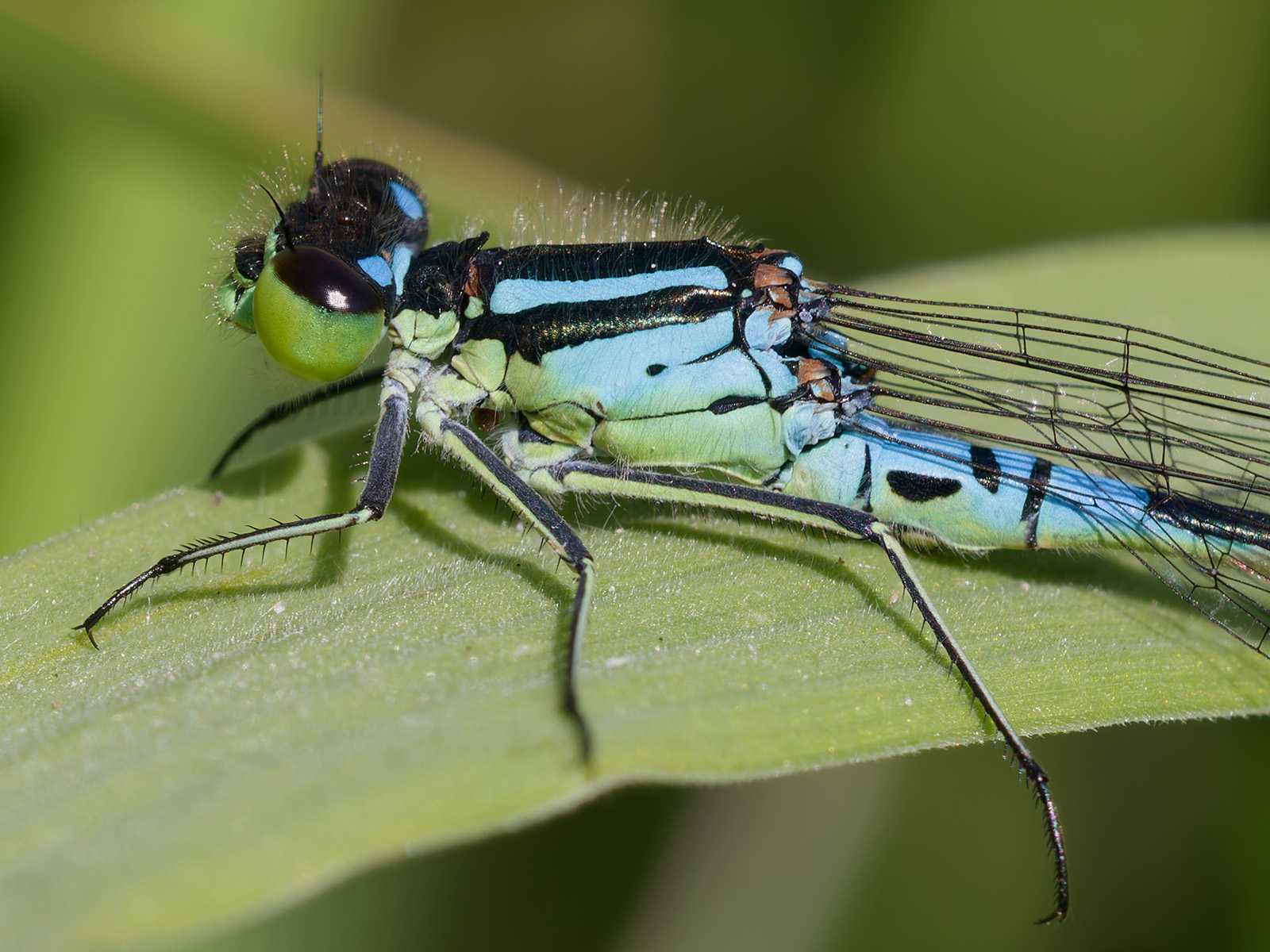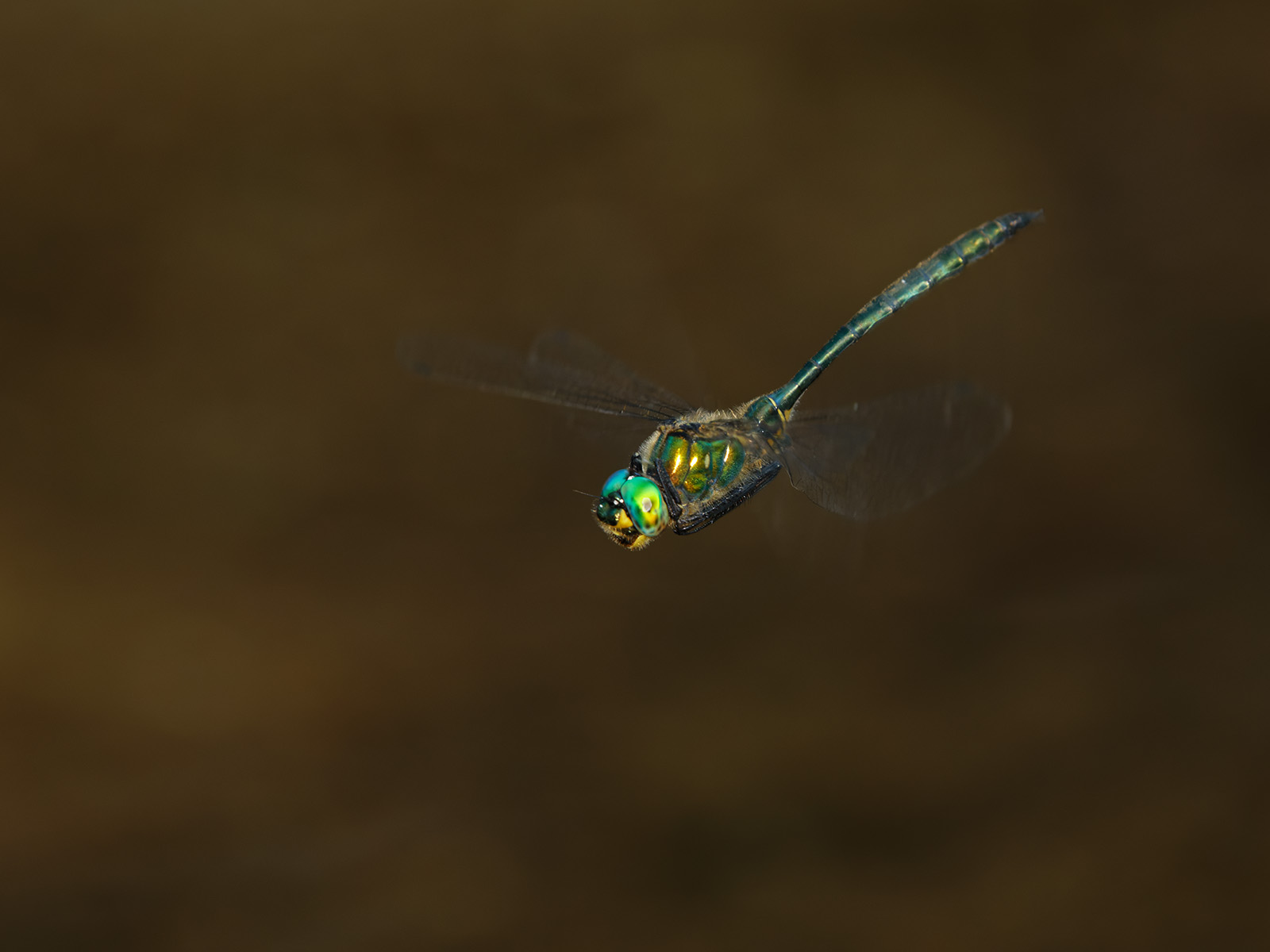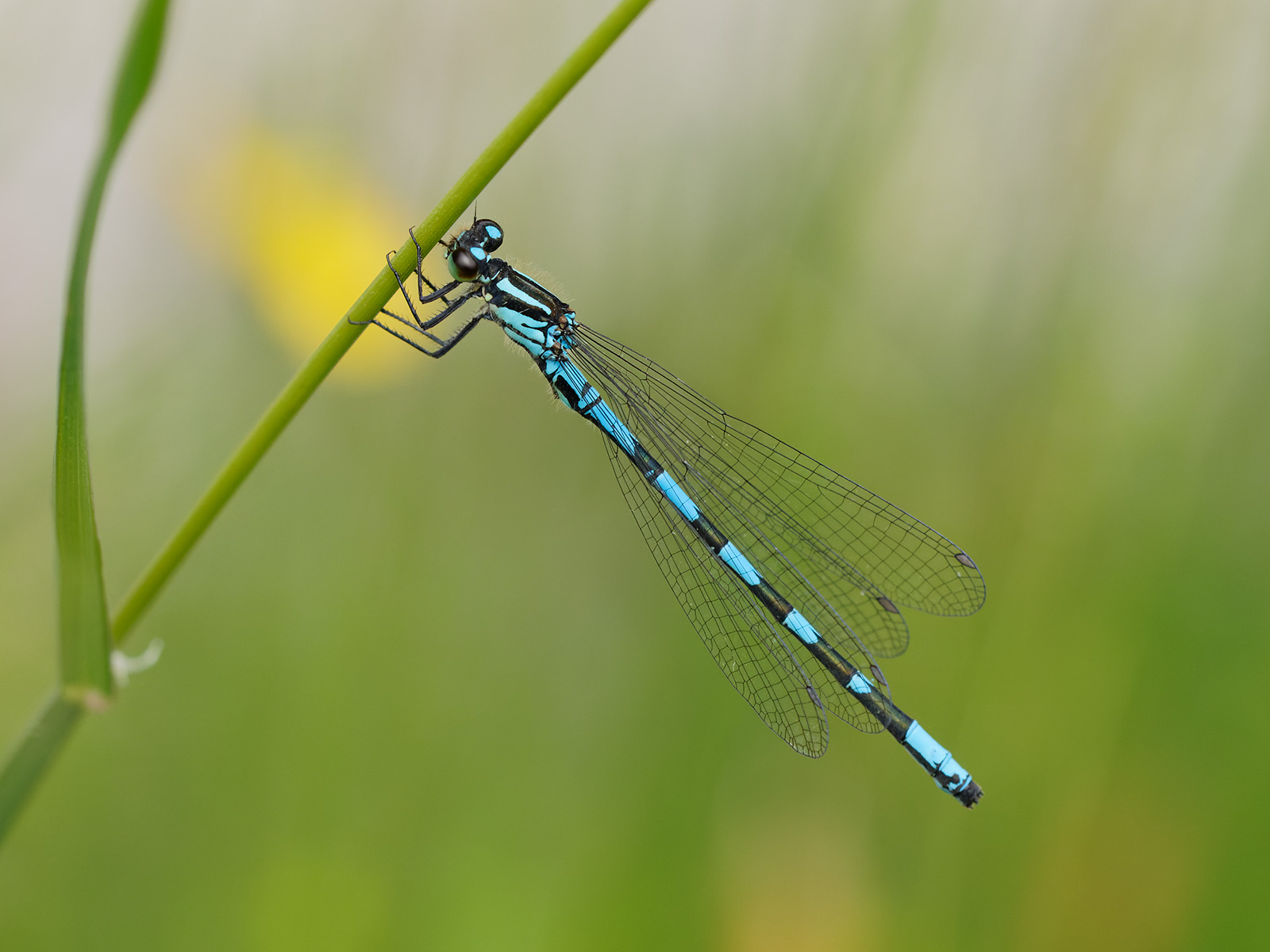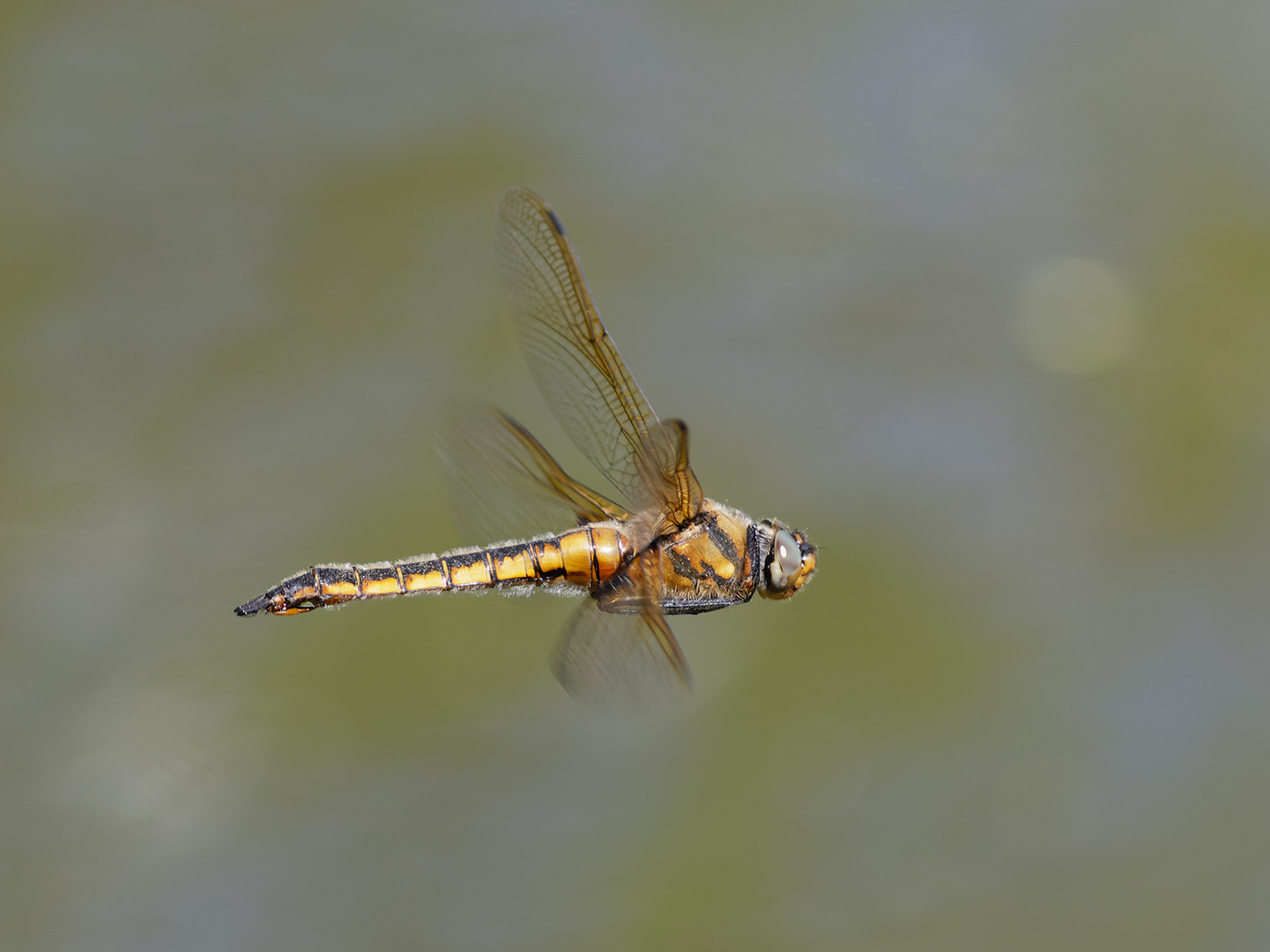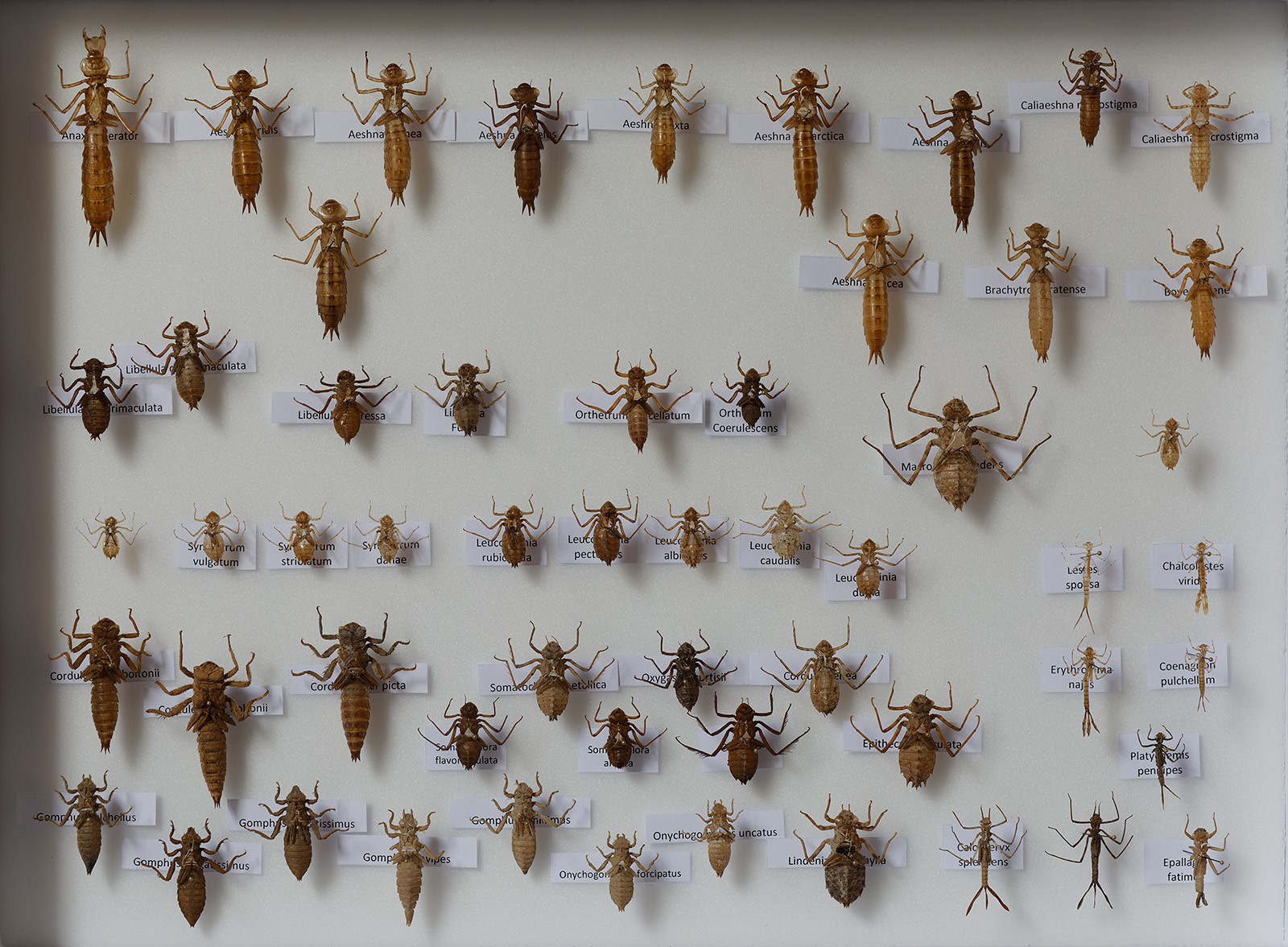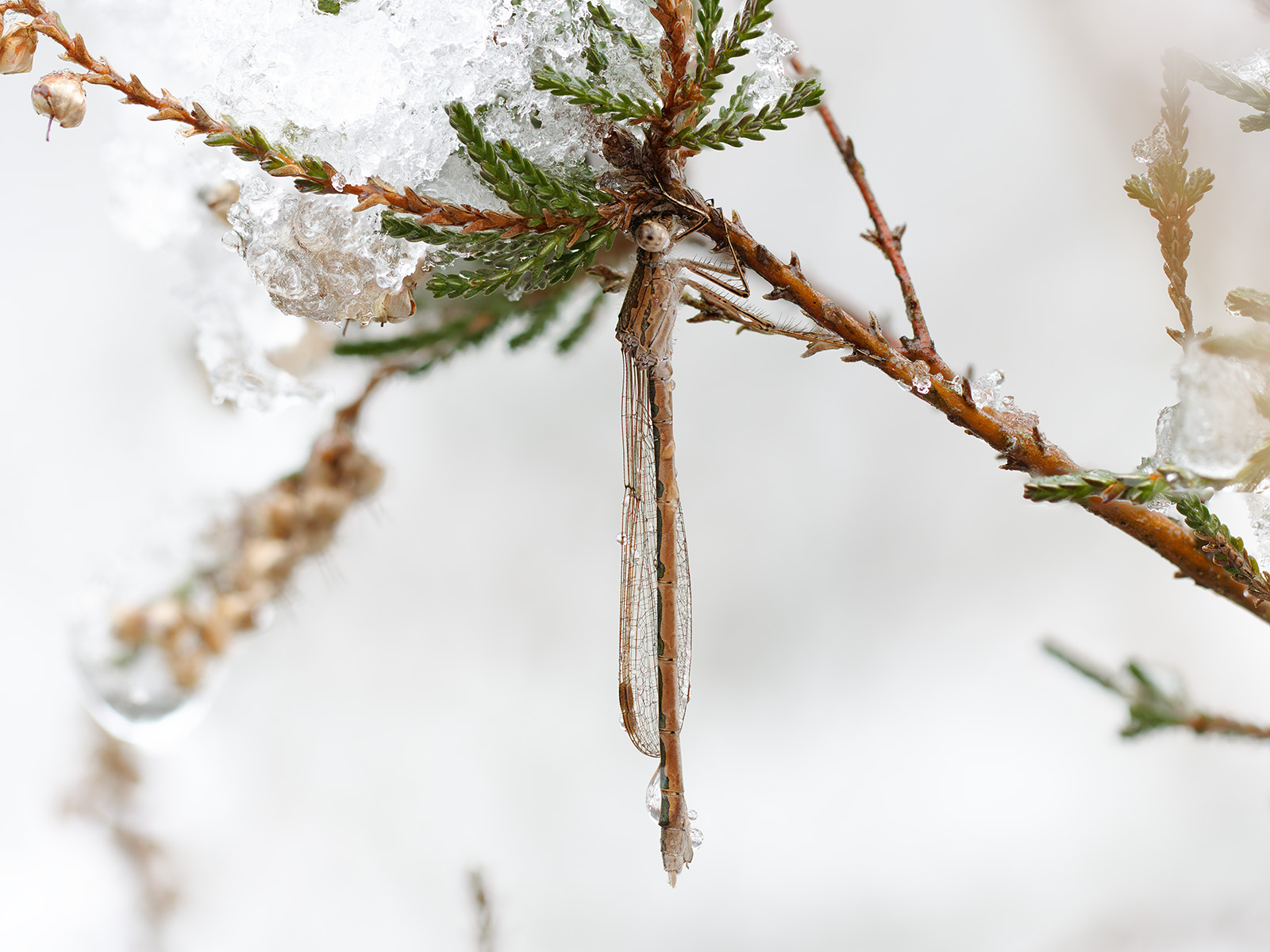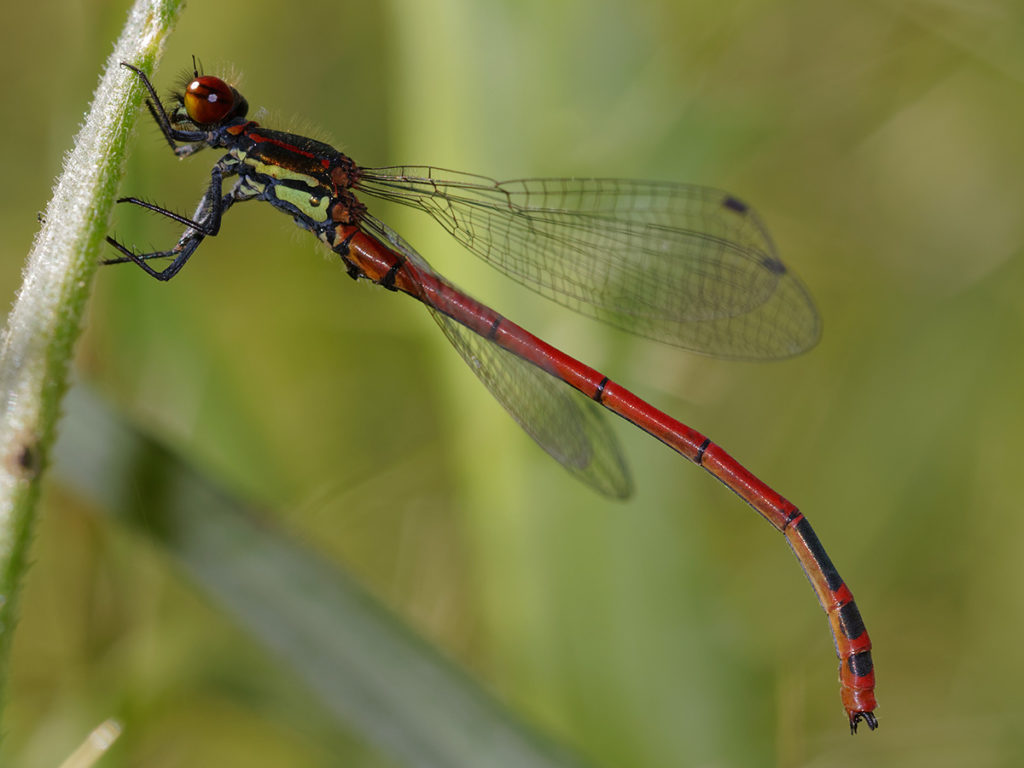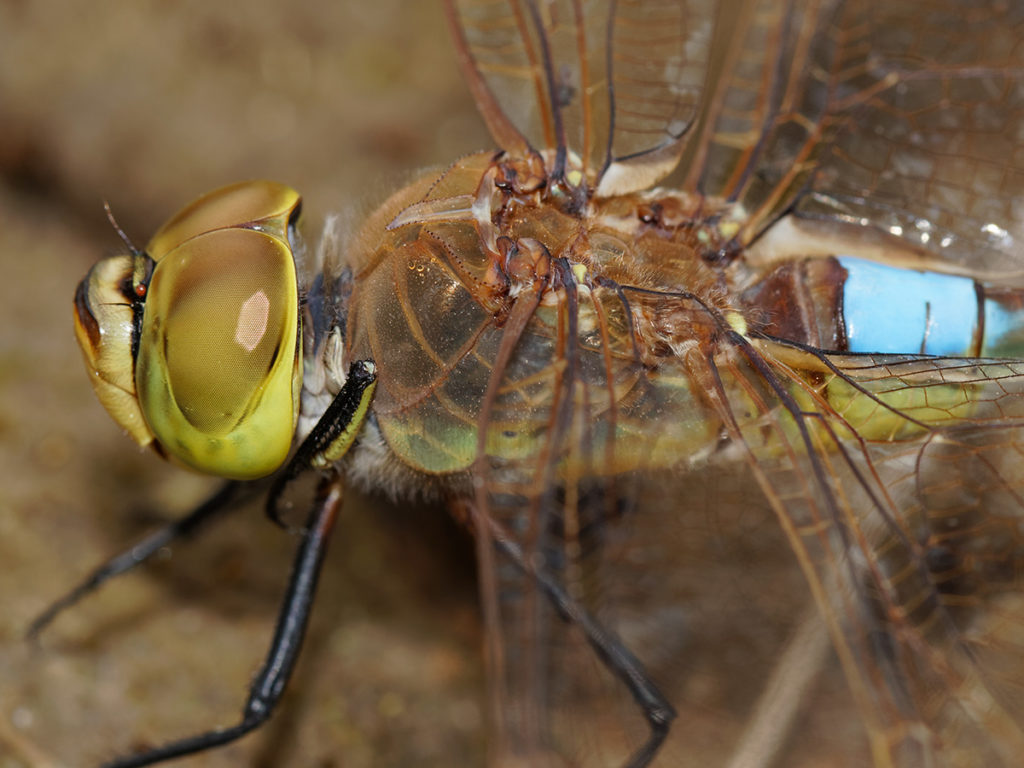At the end of June and the start of July of this year I made a road trip along the Turkish south coast, from Adana to Dalaman. Turkey is very interesting for dragonfly watchers as it has a spectacular and unique mix of European, African and Asian species on the menu.
In Turkey I’ve been able to photograph two additional species that appear on the European list but only just:
- Ceriagrion georgifreyi, commonly called Turkish Red Damsel. This species can be found in coastal marshes in some parts of Greece but is extremely rare in Europe. In Turkey it’s a bit easier to find but still limited to small and threatened areas.
- Trithemis arteriosa or Red-veined Dropwing doesn’t occur on the European mainland. If you want to see this predominantly African species in Europe, the islands of Rhodes and Cyprus are your best bet. In Turkey it can be found on clear brooks and rivers.
Furthermore, some Asian species that don’t occur in Europe were photographed:
- Platycnemis dealbata – Ivory Featherleg
- Platycnemis kervillei – Powdered Featherleg
- Gomphus davidi – Levant Clubtail
- Stylurus ubadschii – Syrian Clubtail
- Onychogomphus flexuosus – Waved Pincertail
- Onychogomphus lefebvrii – Pale Pincertail
- Brachythemis fuscopalliata – Dark-winged Groundling
- Crocothemis servilia – Oriental Scarlet
Finally, lots of additional shots were added of species such as Chalcolestes parvidens (Eastern Willow Spreadwing), Selysiothemis nigra (Black Pennant), Orthetrum sabina (Slender Skimmer), Orthetrum taeniolatum (Small Skimmer), Onychogomphus forcipatus (Small Pincertail, adding the eastern mediterranean subspecies albotibialis) and many more. Enjoy!
